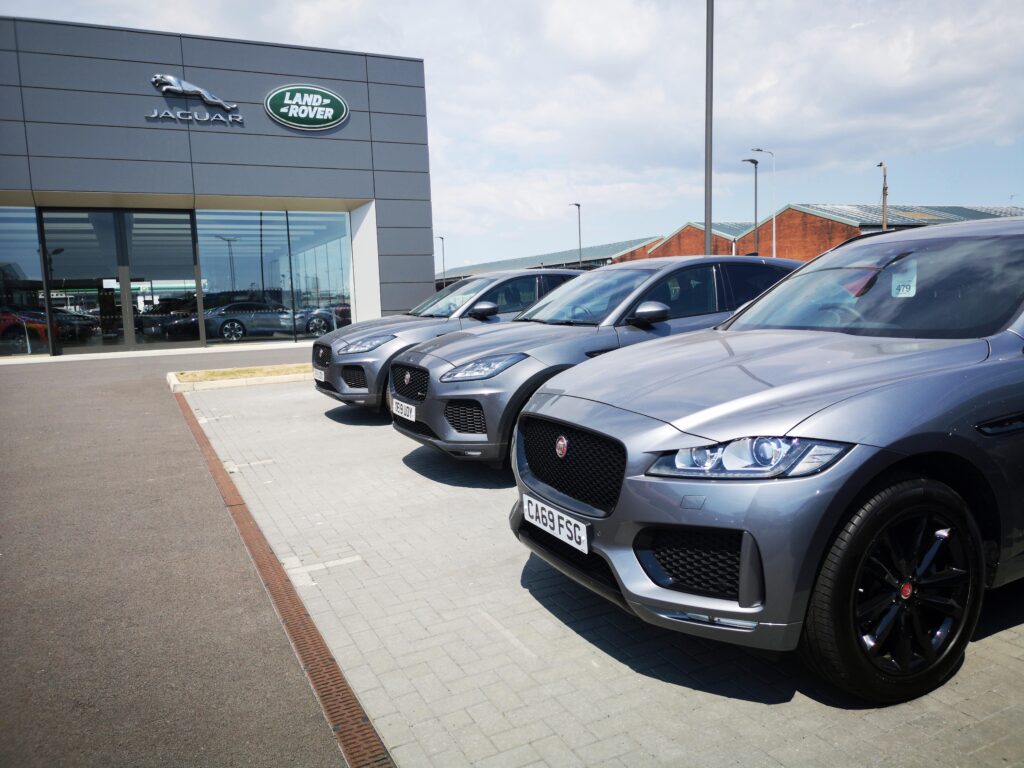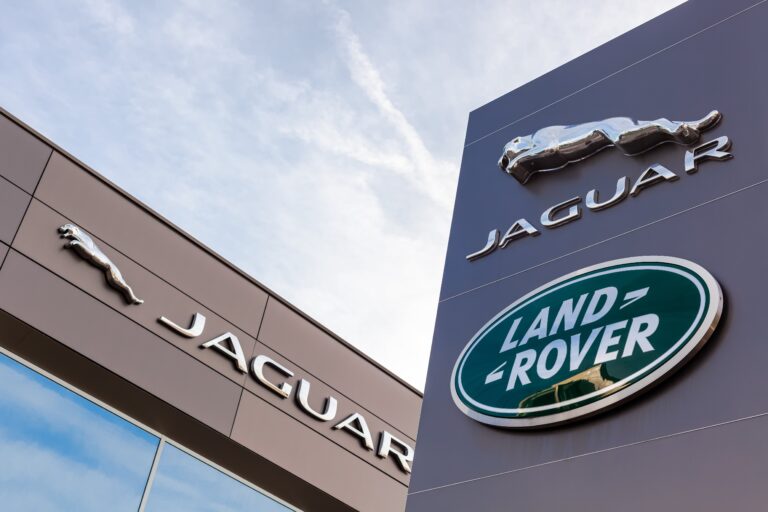The world is buzzing about the trade tariffs recently announced by President Donald Trump – and the potential ripple effect they might have on global commerce. I’ll steer clear of the political noise and the economic modelling behind these decisions – that’s a job for the economists. What I am interested in, though, is how this could impact car prices – particularly in the United States.
Earlier this month, the US government confirmed a 25% tariff on imported vehicles. A similar levy on imported car parts is also expected to follow. In response, Jaguar Land Rover announced it would temporarily suspend shipments to the US while it assesses its next move.
The outcome of this is fairly straightforward: if tariffs increase on cars imported into America, the overall cost will likely go up. The real question is – who ends up footing the bill? The manufacturer? The dealer? Or ultimately, the customer?
But perhaps more interesting is what this means for the used car market.
Jaguar made headlines last year with the unveiling of its bold new design language. I wrote about it here: Jaguar’s TYPE 00 Concept – A Brave New Chapter or Risky Gamble?. At the time, many questioned how this might affect the value of used Jags. Would buyers stick with the classic models they knew and loved? Would nostalgia win out?
If so, the announcement of tariffs could only serve to reinforce that behaviour. If brand-new cars suddenly jump in price by 25%, the used market becomes much more attractive by comparison. After all, why buy new when you could pick up a pre-owned model for far less?

Jaguar Land Rover exported around 38,000 vehicles to the US in Q4 2024 alone – so America remains a key market for the brand. A slowdown or shift in pricing could have major implications, especially when you consider how a strong used car market is built.
Typically, what drives a strong used market is a combination of reliability, brand loyalty, scarcity of new models, and a loyal fan base. Jaguar ticks a lot of those boxes already. Add tariffs into the mix, and you’ve got the perfect storm for a spike in second-hand prices.
So, is this a short-term pause for JLR or the beginning of a longer-term change in how cars are priced and purchased in the US?
Only time will tell – but if you’ve been holding onto a classic Jag, it might just become more valuable than ever.

